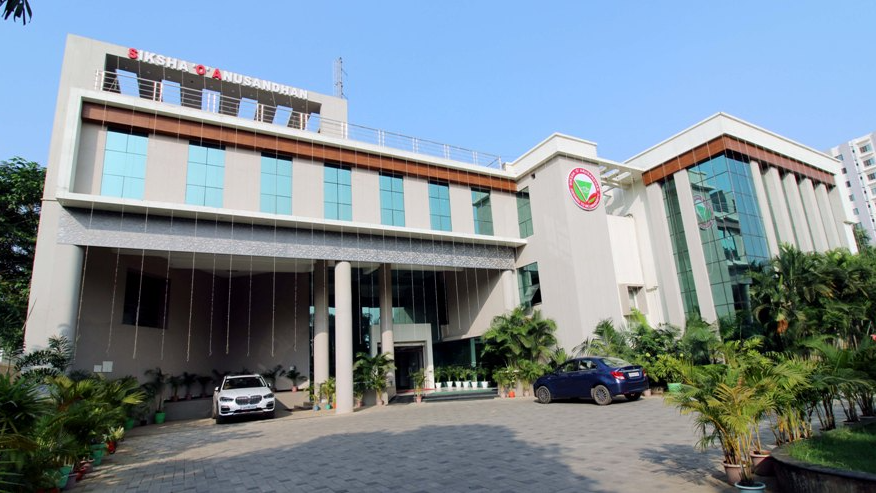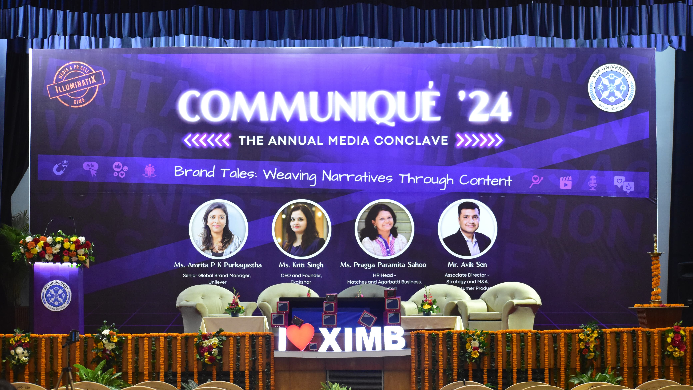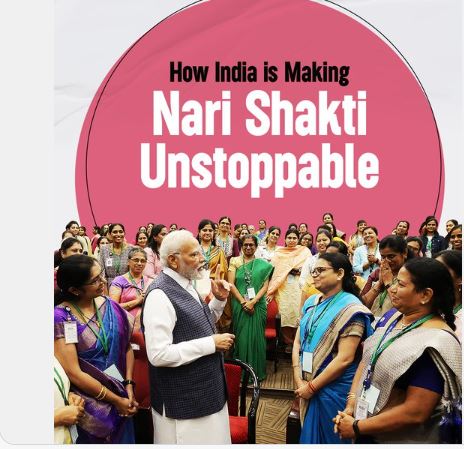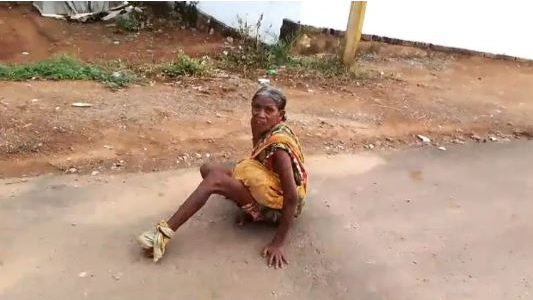Failure of talks puts greater onus on India to make choice on dealing with China

By Arun Joshi There never was a breakthrough in sight, so the outcome of the 14th round of commander level talks between India and China on Wednesday, continuing with a search for an end to the 20 month-long standoff, had no surprise to offer. . The talks failed. This was known even before the formal conclusion of the talks. At the end of the day, the statements meandered through that tedious sentence that the talks were held in cordial atmosphere and the commanders will meet again- the 15th round, and possibly with the same results on the plate. This charade has been going on since June last year, following the menacing presence of Chinese troops in eastern Ladakh in April 2020. The first round was held on June 6, 2020, but instead of easing the tensions, the two armies clashed at the dizzying mountainous heights on June 15/16, 2020, in which India lost 20 of its soldiers, including a commanding officer. The subsequent talks evoked hope and promise, but finally led to nowhere as the current situation is worse than a definition of standoff .In an unmistakable military lexicon, the Indian Army chief Gen M M Naravane said “Indian army is prepared for any situation, including war.” Chinese foreign ministry spokesperson Wang Wenbin, while reacting to Gen. Naravane’s comments, said: At present, China and India are in dialogue and communication through diplomatic and military channels to ease the situation at the border. We hope that certain individual on the Indian side would refrain from making unconstructive remarks.” Given that such negotiations are tough and time consuming when the boundary issue is involved – no country will ever concede even a centimeter of land – any instant result cannot, and should not be expected. But the bitter fact as is the biting cold in the Himalayan heights where these talks are being held is that neither these negotiations are promising nor China will ever budge from its stand that what it occupies is the land within its sovereign borders. Two things are clear: China is under no pressure to accept any of the proposals put forth by India in defining the Line of Actual Control. China thinks, and its thinking is validated by the presence of its troops in the areas, which India claims is its but under the illegal occupation of China. India also needs to be clear what exactly it wants – to get the situation and the troops to pre-April -2020 level or it wants to stop PLA troops to halt where they are . Even if it is to be presumed that Chinese are nowhere close to the Indian side, though it is a false comfort, then why should India be asking PLA to disengage, de-escalate. There was a similar situation on the LoC and international border in 2002 following terror assault on the Indian Parliament in December 2001. The Indian and Pakistani troops were in eyeball-to-eyeball position, which in military terminology denotes that the situation was precarious enough to explode into a full-fledged war. The de-escalation, as it happened, eventually because of the intervention of the US and UK, ended the hostile situation on the border. To be precise that situation lasted for about 10 months. At the LAC, it is already double the time, the situation is still in a mode where it is a near-war like scenario, with troops and war machinery deployed on either side . This time, there is no international mediation. No country can prevail upon Beijing, and India has already said no any such mediation. India will have to choose its options, and it knows that there are very limited. The Sino-India boundary issue is so complex on the geostrategic landscape that it requires real time thinking and strategies, not the bluster. The military alone cannot resolve this, it requires backing of unwavering political will and diplomatic treasure. Instead of counting rounds of talks and waiting for the appropriate outcome, suiting India, holding its prestige and sovereignty in the eyes of the world, it should think out of box to outmaneuver China. The military confrontation is not the answer. India has, indeed, travelled a way since 1962 when India suffered a humiliating defeat, but still there are gaps between India and China in their respective spheres of influence. That is the real problem for India. Delhi should look to plug these gaps without any delay. About the Author: Arun Joshi is a senior journalist based in J&K. He has worked with Hindustan Times, Times of India, Indian Express, and The Tribune. He has authored “ Eyewitness Kashmir: Teetering on Nuclear War” and three other books. DISCLAIMER This is the personal opinion of the author. The views expressed in this write up have nothing to do with those of prameyanews.com
Latest News

Animesh Kujur finishes fourth in Meeting Hercu...

Tragedy in Nilgiri: Three workers die after li...
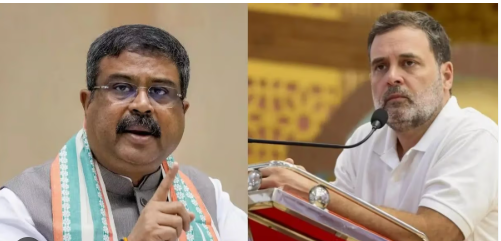
"Rahul Gandhi should have apologised to Odias"...
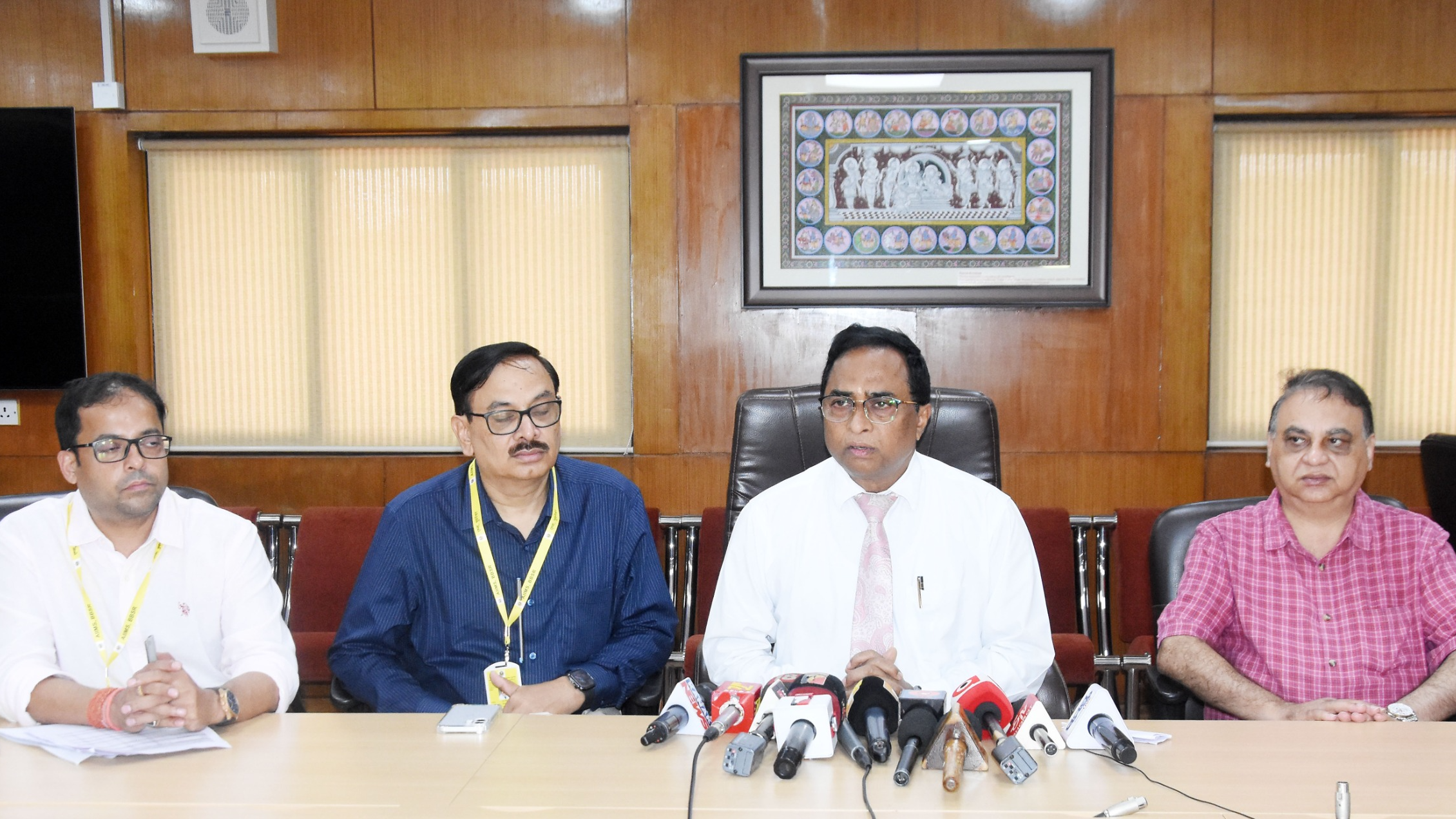
AIIMS Bhubaneswar to host its 5th Convocation...
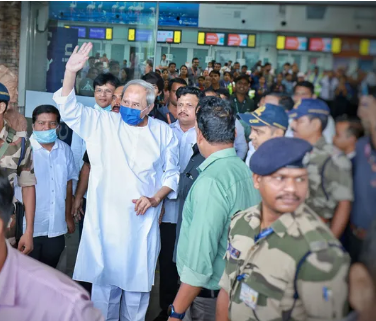
Naveen Patnaik returns to Bhubaneswar after su...
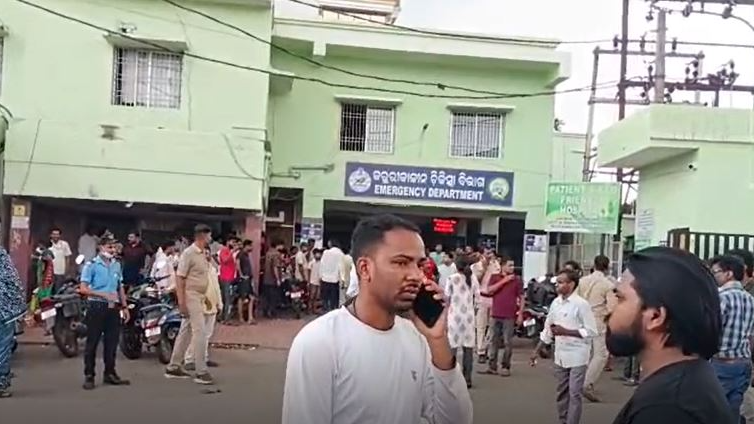
Student attempts suicide at Fakir Mohan Colleg...
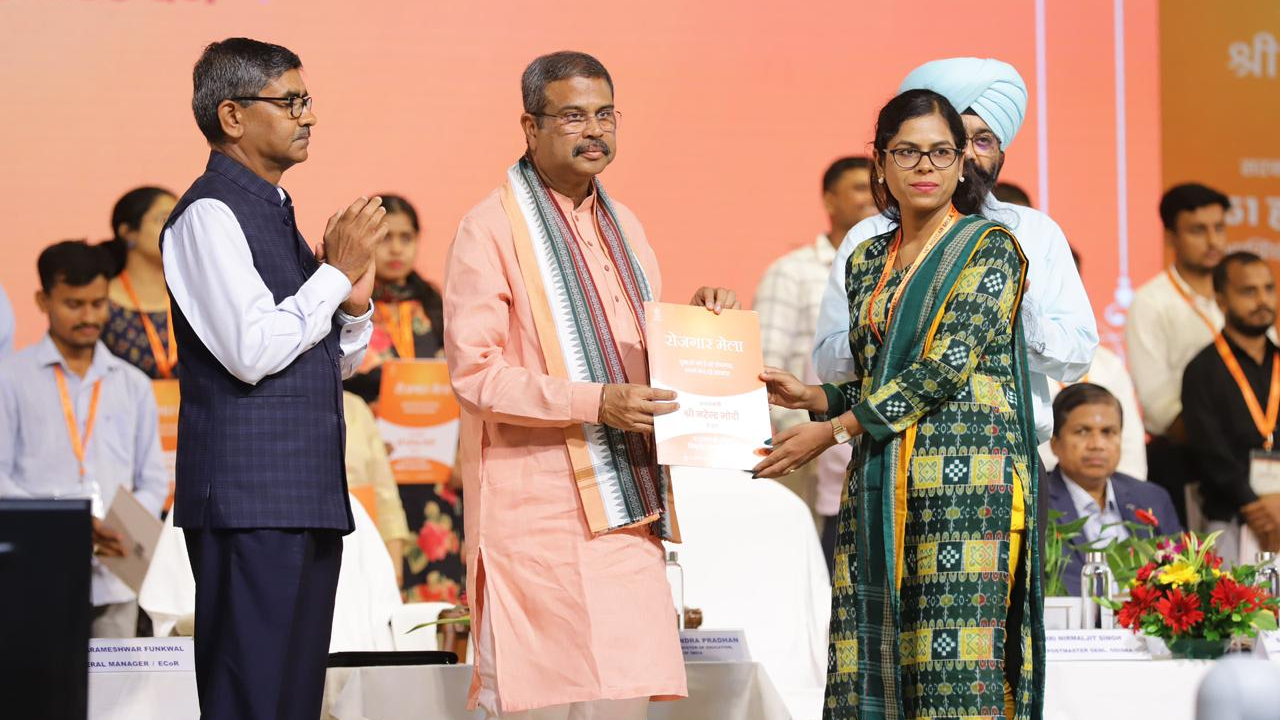
Youth empowerment top priority of Modi Govt: U...
Copyright © 2024 - Summa Real Media Private Limited. All Rights Reserved.









